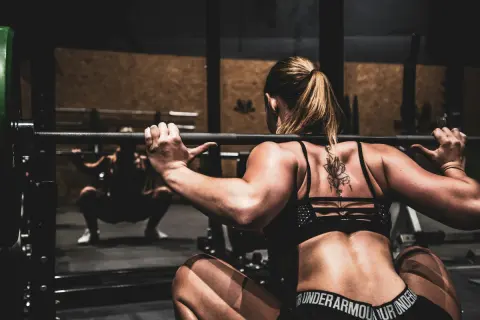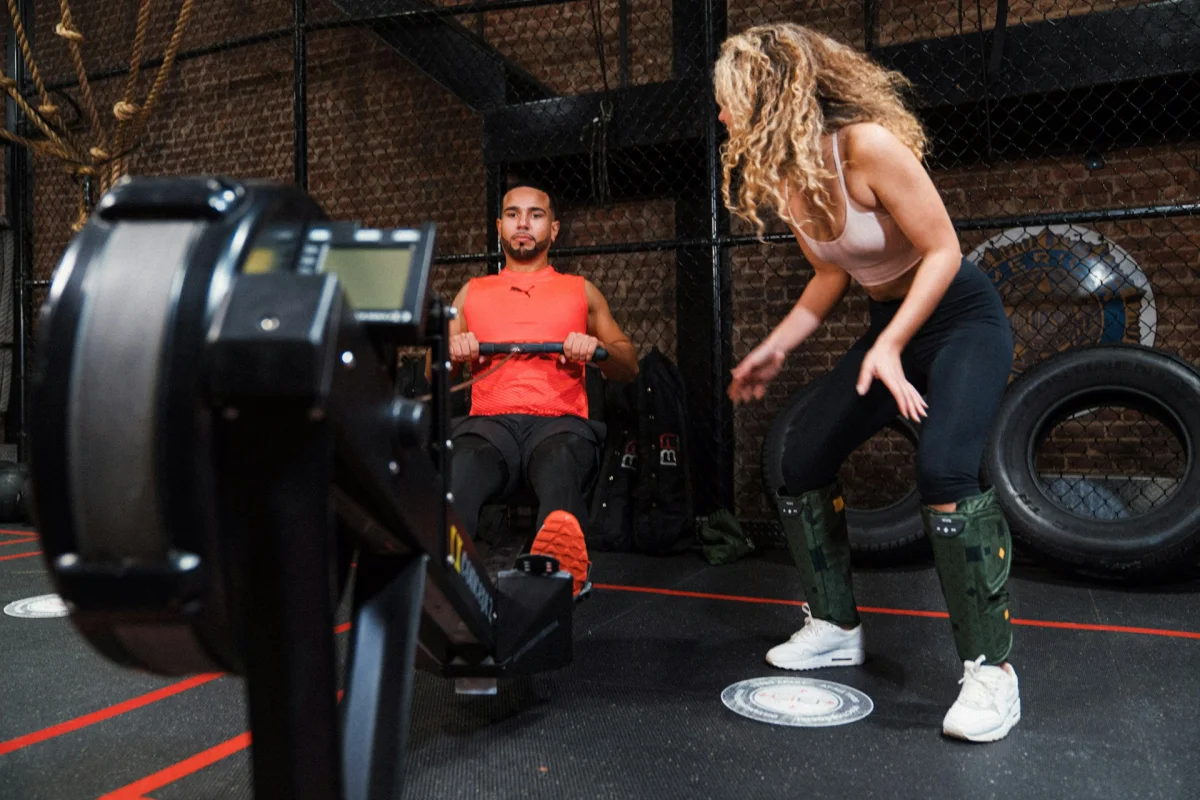 Monday, September 8, 2025
Monday, September 8, 2025Rowing at the Gym: The Best Exercise for a Strong Back
A strong back is not only aesthetically pleasing but also crucial for posture, stability, and athletic performance. Rowing, in its many variations, simultaneously trains multiple muscle groups and is among the most effective upper-body exercises.
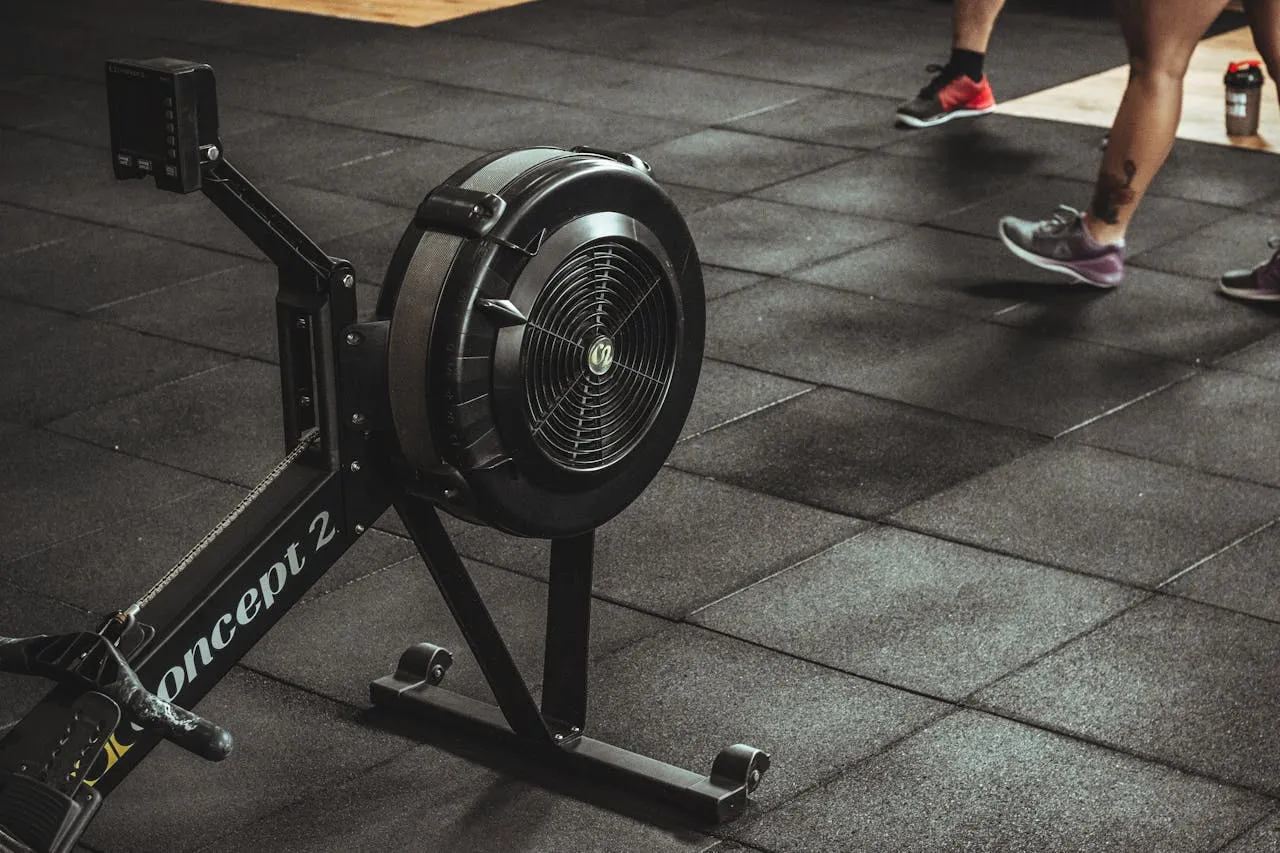
Which Muscles Are Trained During Rowing
Rowing is a multi-joint exercise that primarily targets:
- Latissimus dorsi (broad back)
- Trapezius and rhomboids (between the shoulder blades)
- Biceps and forearm muscles
- Erector spinae for core stability
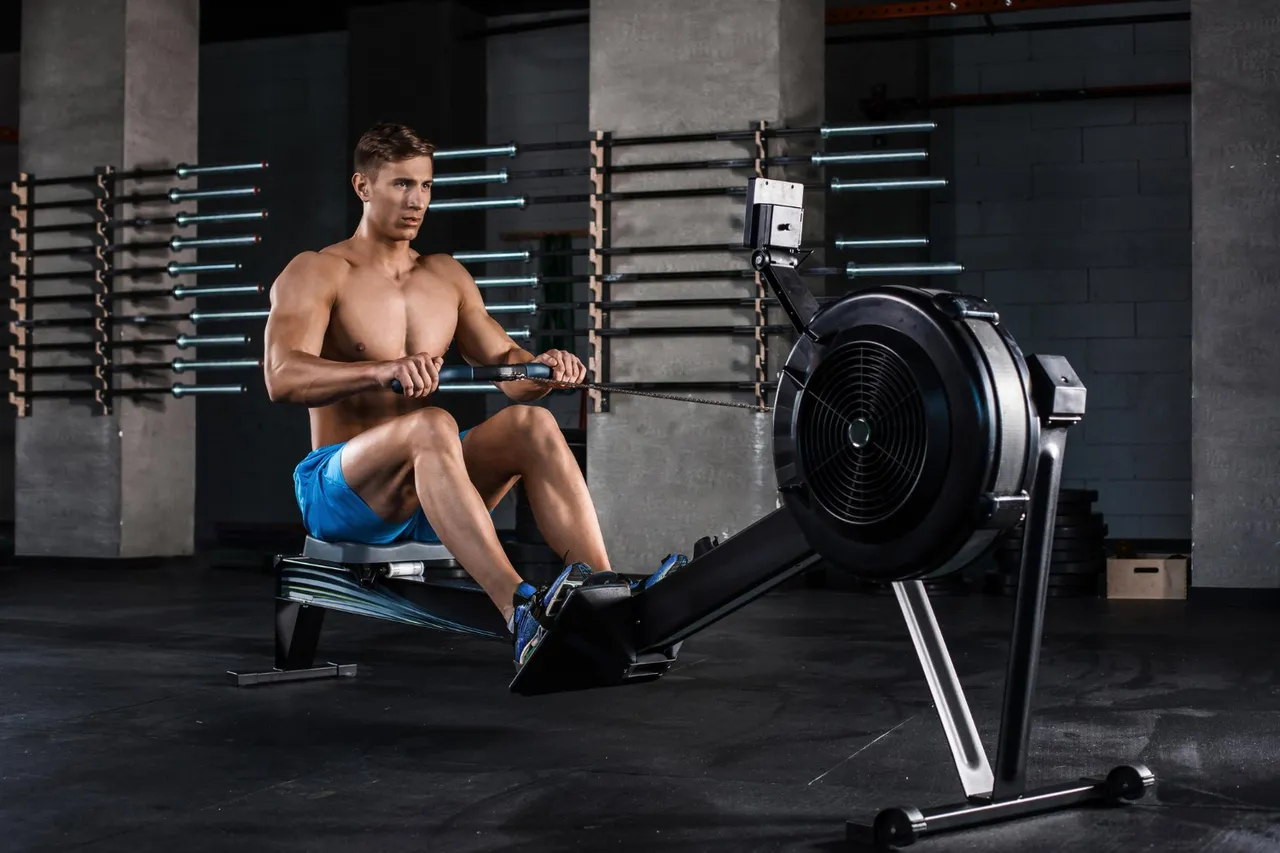
Important Rowing Variations (Brief Overview)
- Bent-over Barbell Row
- One-Arm Dumbbell Row
- Seated Cable Row
- T-Bar Row
- Chest-Supported Row / Machine
- Inverted Row / Bodyweight Row
- Pendlay Row
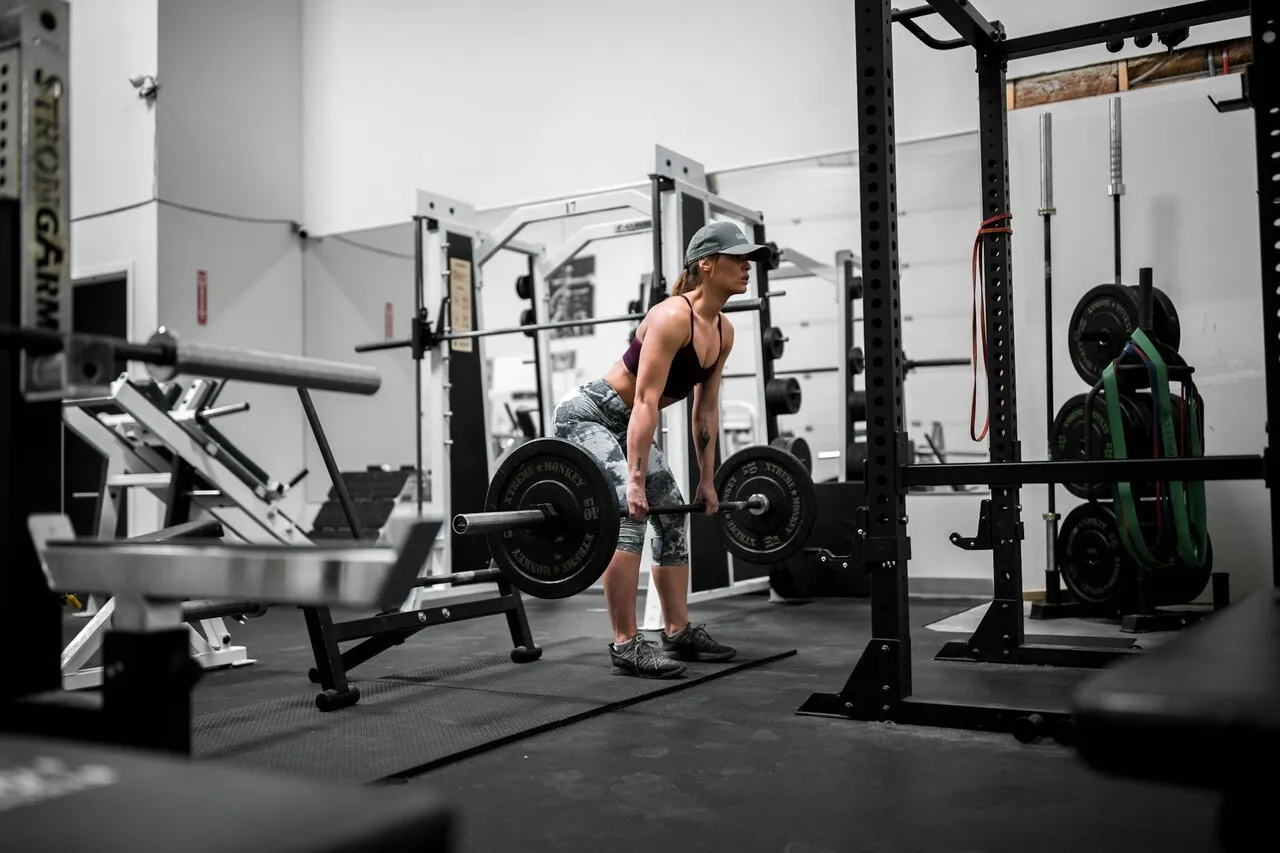
Table: Rowing Variations — Advantages and Disadvantages
| Variation | Brief Description | Advantages | Disadvantages | Recommended For |
|---|---|---|---|---|
| Bent-over Barbell Row | Rowing movement with a barbell from a bent-over position | High load, complete back engagement, good for strength building | High core stability requirement, risk with poor technique | Advanced, strength-oriented |
| One-Arm Dumbbell Row | One-arm row movement, often with bench support | Corrects imbalances, better muscle feel, isolated activation | Lower max load, stability needed | Beginners → Advanced, targeted hypertrophy |
| Seated Cable Row | Row handle on cable, controlled pull path | Constant tension, joint-friendly, easy incremental loading | Less core activation, can encourage "pulling" over emphasis | Beginners, hypertrophy, rehab |
| T-Bar Row | Row handle on T-Bar or landmine | Strong focus on mid-back, high load possible | Equipment/setup needed, technique important | Intermediate → Advanced |
| Chest-Supported Row (Machine) | Chest-supported row machine | Relieves lower back, very controlled, safe | Reduces functional core work | Beginners, rehab, isolation focus |
| Inverted Row | Horizontal body pull on TRX/bar | Easy progression, promotes body control | Limited max load | Beginners, technique building |
| Pendlay Row | Explosive rowing from the floor, short ROM | Explosive strength, back and hip coordination | Highly technical, fatigue can be problematic | Athletes, advanced |
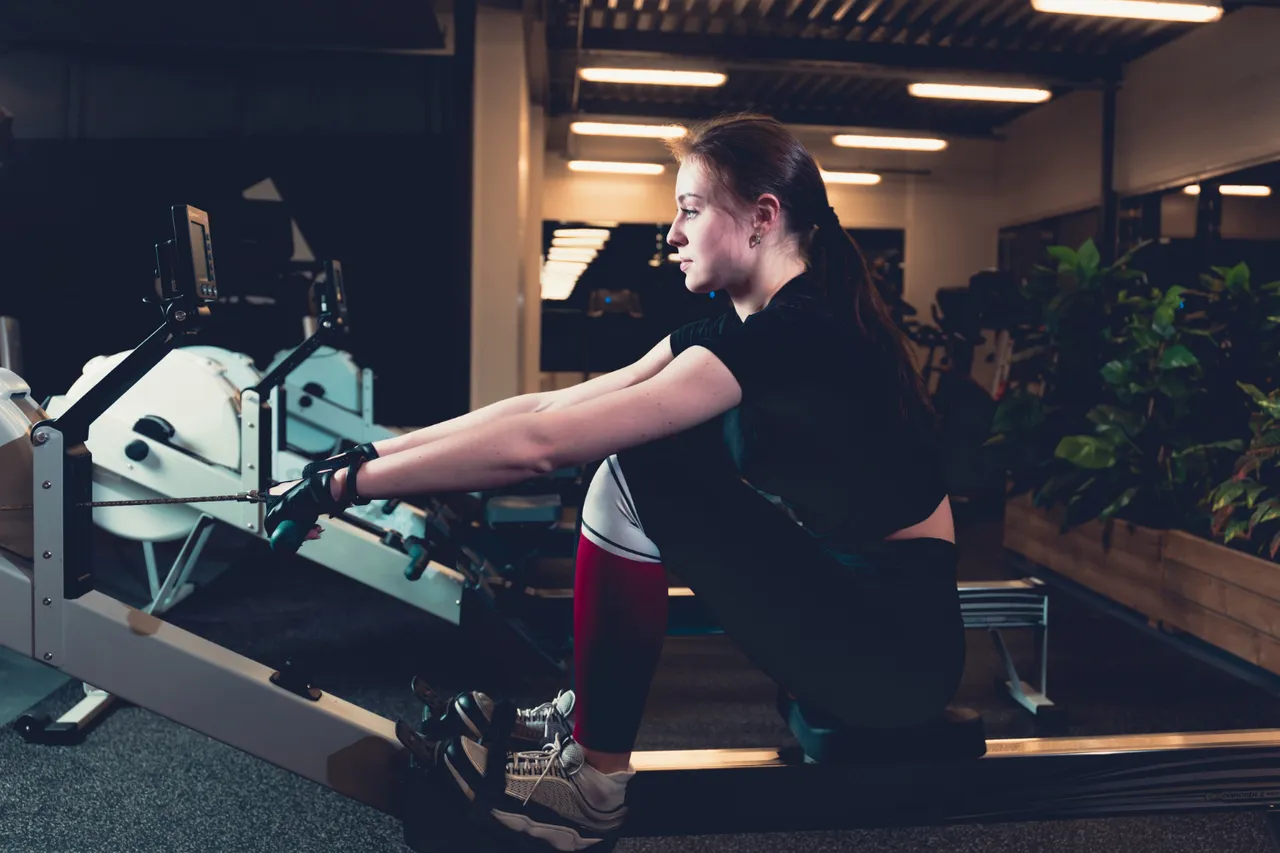
Technique Checklist (Short and Practical)
- Neutral back, retain natural lordosis.
- Chest slightly forward, activate shoulder blades downward and back before pulling.
- Controlled hip bend (for standing variations), knees slightly bent.
- Keep elbows close to the body, pull towards hip/abdomen area (depending on variant).
- Hold briefly at the end of the pulling motion and squeeze shoulder blades together.
- Return with control — avoid dropping.
- Breathing: exhale when pulling, inhale when returning.
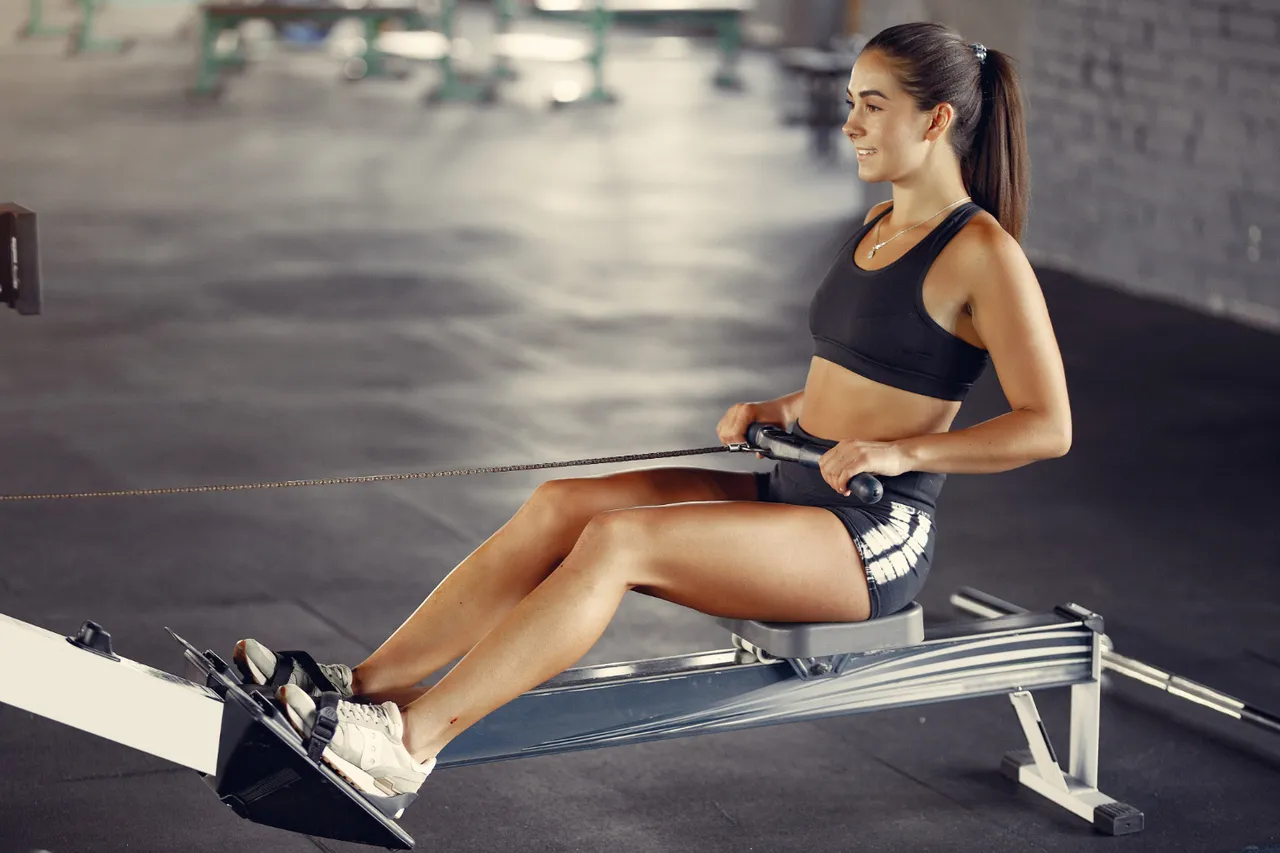
Common Mistakes and How to Avoid Them
- Rounded back: reduce weight, practice technique, use chest-supported variations if necessary.
- Swing/Momentum with the back: consciously slow, controlled repetitions.
- Too high load at the expense of ROM: use lighter weights, clean technique.
- Elbows too far outside → focus shifts to rear shoulder rather than mid-back.
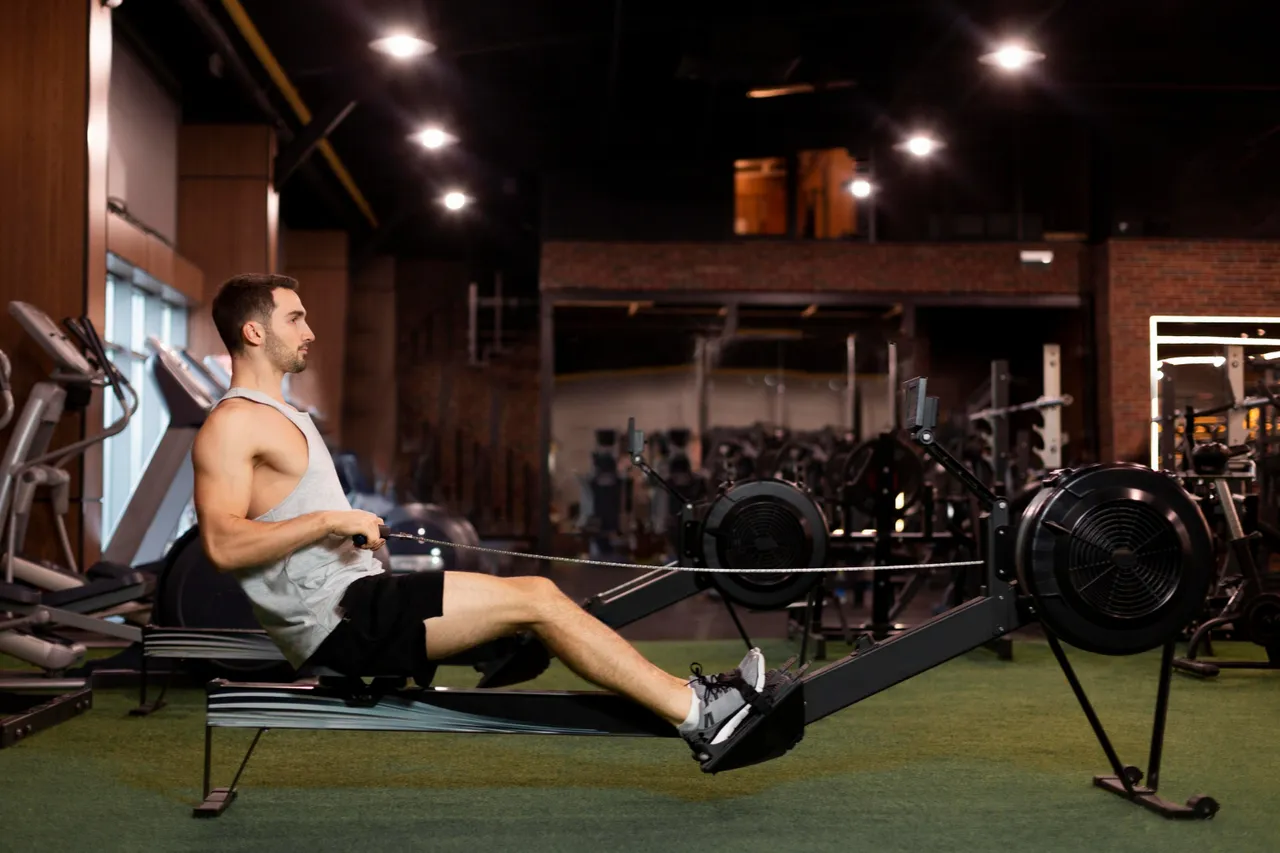
Integrating into the Training (Practical Tips)
- Goal Hypertrophy: moderate to high rep ranges (e.g., 6–15 reps) with 3–4 sets per exercise.
- Goal Strength: heavier loads, lower rep counts (3–6 reps), longer rest periods.
- Include variation: switch between barbell, cable, and one-arm variations every 4–8 weeks.
- Use grip variations (neutral, pronated, narrow/wide) to emphasize different areas.
- Maintain balance: balance pulling exercises (rowing, pull-ups) with pushing exercises (bench press, shoulder press).
- Recovery: do not work back muscles daily, plan for 48–72 hours of recovery for the same muscle groups.
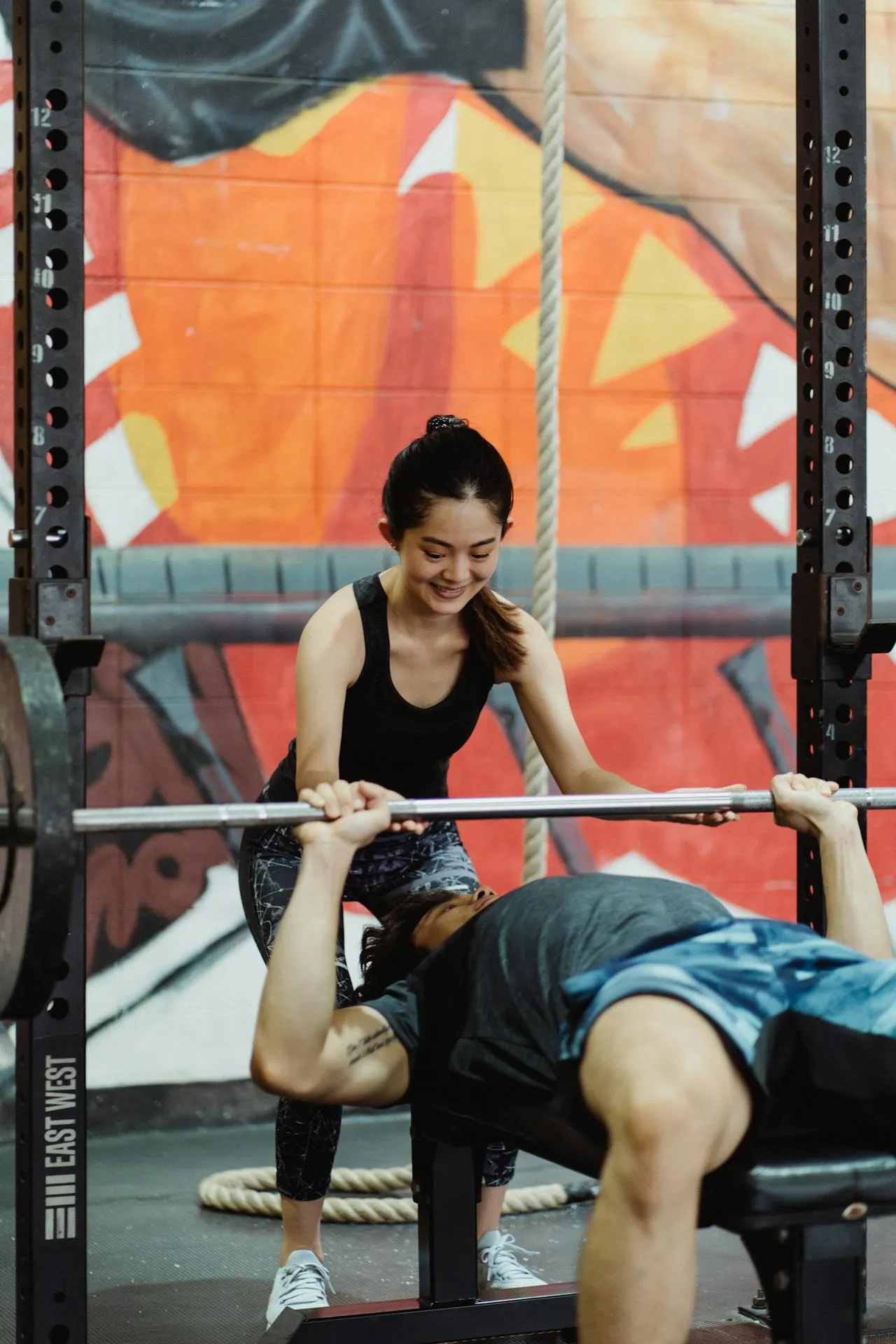
Sample Exercises for Different Levels (Compact)
- Beginners: Seated Cable Row / One-Arm Dumbbell Row / Inverted Row.
- Advanced: Bent-over Barbell Row / T-Bar Row / Pendlay Row.
- Rehab/Lower Back Protection: Chest-Supported Row, isometric scapular exercises.
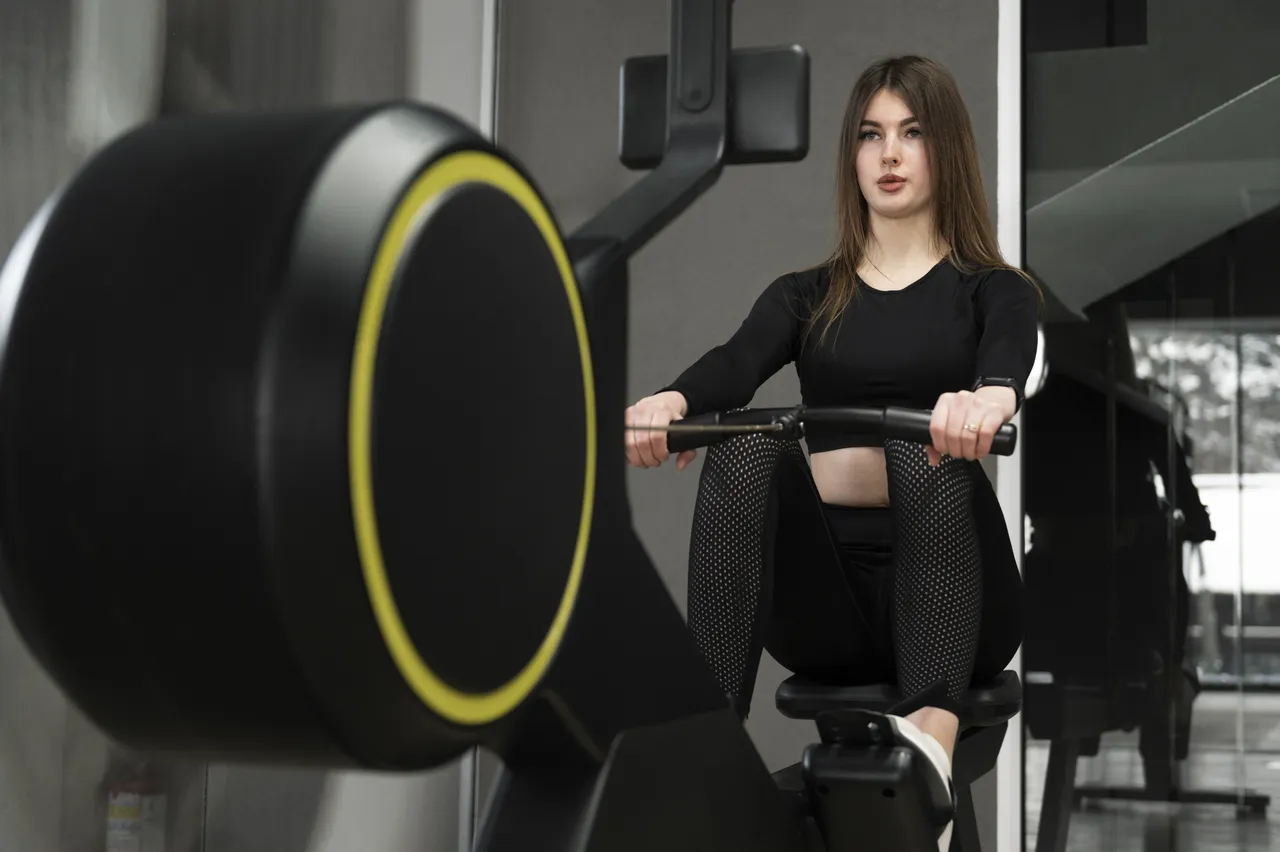
Injury Prevention and Warm-Up
- General warm-up: 5–10 minutes light cardio + joint mobilization.
- Specific warm-up: 2 light sets with low weight, focus on movement feel and scapular activation.
- With existing back issues: prefer chest-supported rowing and seek medical advice.
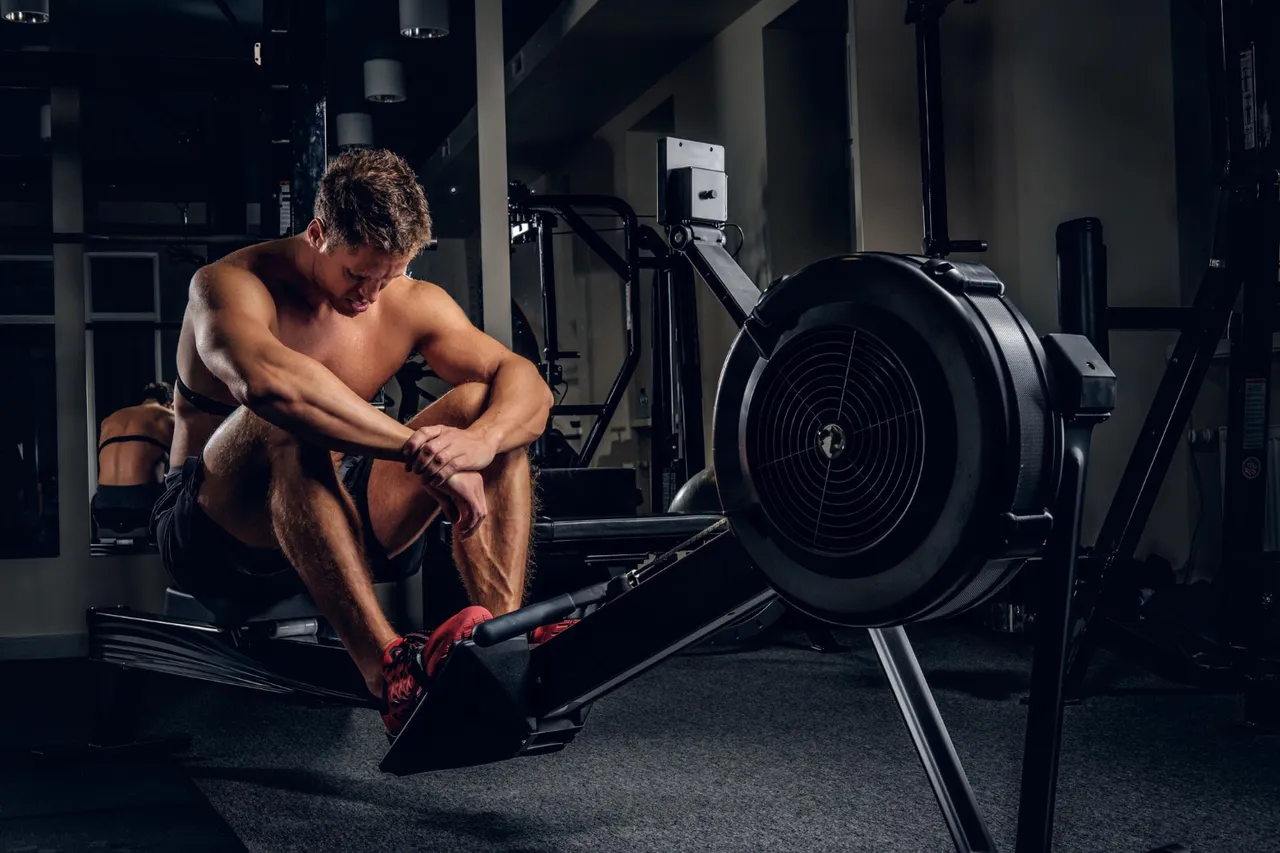
Conclusion
Rowing is one of the most effective exercises for a strong, stable back. Proper technique is more important than maximum load. By consciously varying the rowing variations, you can achieve both strength and muscle building goals, improve posture, and reduce injury risks. Regularly incorporate rowing into your training program — when executed correctly, it provides the best results long-term.

